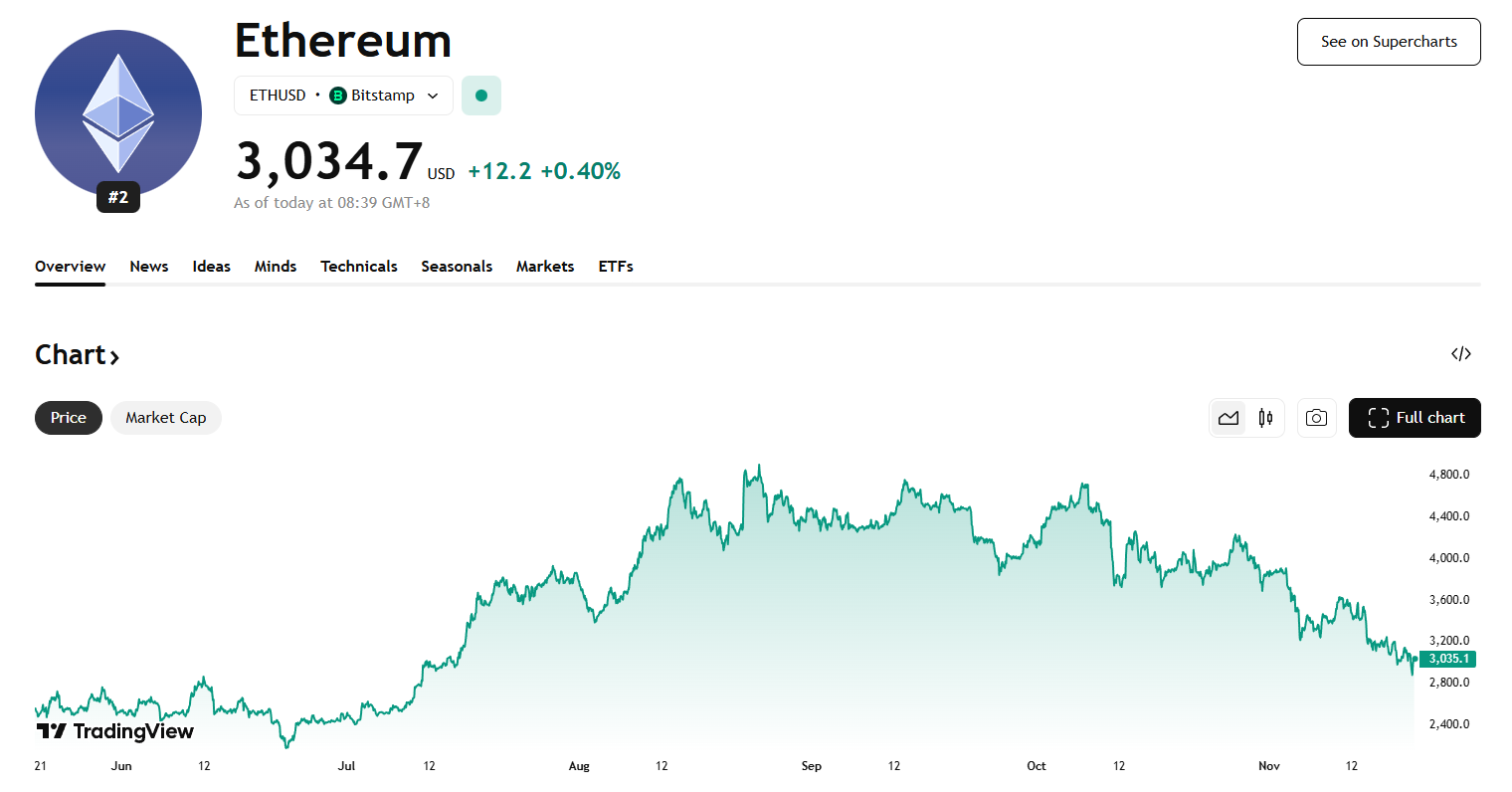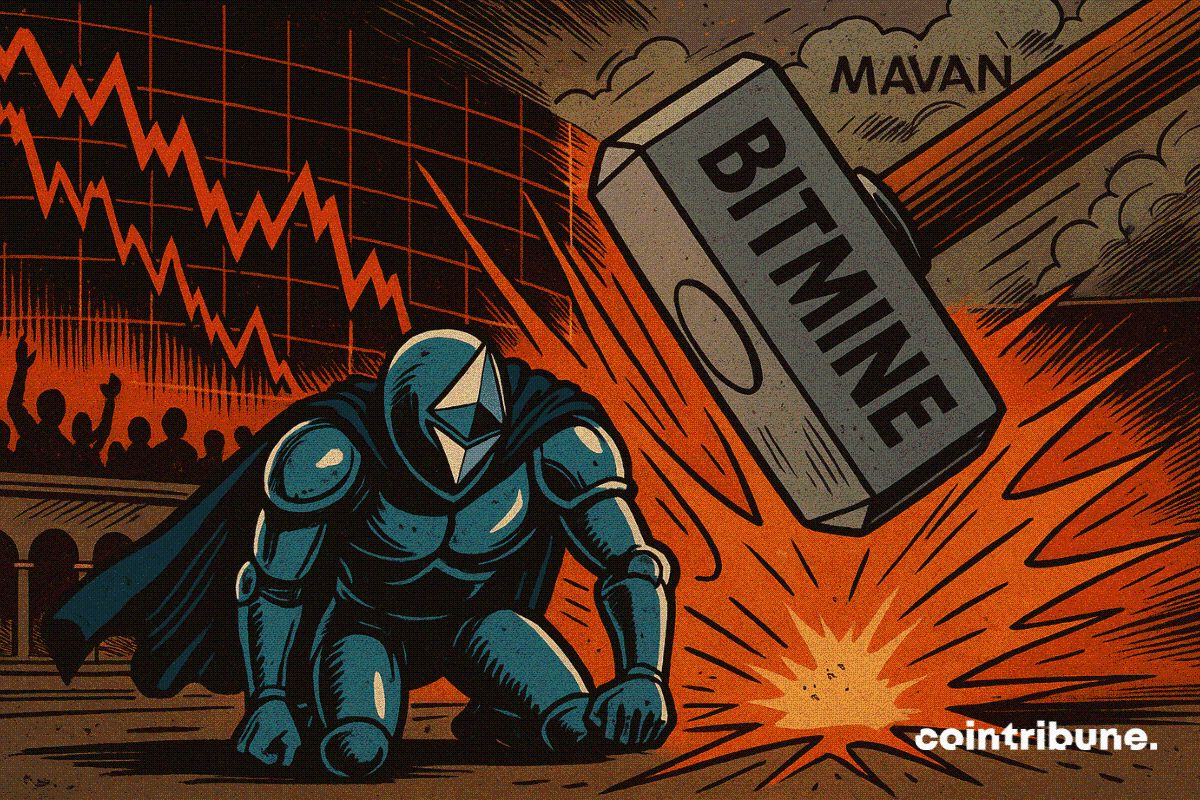Ethereum raises block gas limit to 45 million units
- Ethereum Increases Gas Limit for Scalability
- 45 million block marks progress on the Ethereum network
- EIP-7983 limits gas usage to avoid instability
The Ethereum blockchain has reached a new technical milestone by raising the block gas limit to 45 million units, representing a 25% increase from the previous 36 million set in February 2025. The adjustment took effect at block 22.968.004, after receiving significant support from the network's validator community.
Did you know? 🤔
Ethereum's gas limit is now 45M, scaling network throughput by 25%
It's the second increase this year after a 20% rise from 30M to 36M in early February
Next stop: 60M 🫡
— etherscan.eth July 22, 2025
This change didn't require a hard fork, as Ethereum's architecture allows validators to adjust their settings progressively. Once more than half of them signal approval, the change automatically takes effect. The gas limit defines the amount of computational effort allowed per block and determines how many transactions or smart contracts can be processed simultaneously.
The capacity increase is in line with the network's broader scalability plan. This gives the blockchain the strength to handle growing transaction volumes, which improves the performance of decentralized applications (dApps) and DeFi protocols that rely on Ethereum's infrastructure.
Prior to the February change, the limit had been 30 million since 2021, when it had doubled from the previous 15 million. The new short-term goal is to reach 60 million gas units per block, while the long-term goal is to reach 150 million—a figure that could be made possible with the introduction of the Fusaka hard fork, via Ethereum Improvement Proposal (EIP) 7935.
To preserve network security during this expansion process, developers implemented EIP-7983, which imposes a limit of 16,77 million gas units per transaction. This safeguard aims to mitigate risks such as denial-of-service (DoS) attacks, ensuring the operational stability of the blockchain.
The increase in gas limits reinforces Ethereum's position as a leading platform for decentralized solutions, while also paving the way for further performance and scalability upgrades in future cycles.
Disclaimer: The content of this article solely reflects the author's opinion and does not represent the platform in any capacity. This article is not intended to serve as a reference for making investment decisions.
You may also like
Hotcoin Research | Fusaka Upgrade Approaching: Analysis and Outlook on Ethereum Long and Short Positions
This article will review Ethereum's recent performance, provide an in-depth analysis of the current bullish and bearish factors facing Ethereum, and look ahead to its prospects and trends for the end of this year, next year, and the medium to long term. The aim is to help ordinary investors clarify uncertainties, grasp trends, and provide some reference to support more rational decision-making during key turning points.

Crypto Market Surges as Bitcoin Rebounds and Privacy Coins Shine
In Brief Bitcoin rebounded over the weekend, testing the $86,000 mark. Privacy-focused altcoins Monero and Zcash showed notable gains. Total market value surged, crossing the $3 trillion threshold again.

Crypto Markets Rebound as Traders Signal Seller Fatigue
In Brief Crypto markets rebounded amid significant liquidations and oversold RSI signals. Weekend trading conditions with thin liquidity influenced rapid price shifts. The rebound's sustainability remains uncertain, prompting scrutinous investor attention.

Cardano : Network security questioned after a major incident

